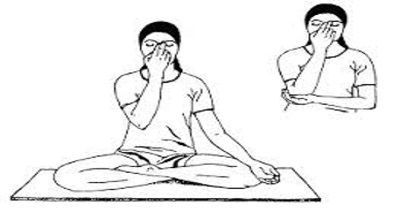Pranayama and Nadis
Now here are the latest Pranayama and Nadis. Pranayama and nadis are concepts rooted in traditional Indian philosophy. Particularly in the context of yoga and Ayurveda.
Pranayama:
Definition:
Pranayama is often translated as “control of breath” or “breath control.” It is one of the eight limbs of yoga. As outlined by the sage Patanjali in the Yoga Sutras. Pranayama involves various breathing techniques and exercises designed to control and regulate the breath, promoting physical, mental, and spiritual well-being.
Purpose:
The practice of pranayama aims to balance the flow of prana (life force or vital energy) within the body. It is believed that through conscious control of the breath. Individuals can influence the flow of prana and, consequently. Enhance physical health, mental clarity, and spiritual awareness.
Types of Pranayama:
There are numerous pranayama techniques, each with its own specific benefits. Some common types include:
- Ujjayi Pranayama: involves deep, rhythmic breathing with a slight constriction of the throat, creating a soft, ocean-like sound.
- Kapalabhati: A rapid and forceful exhalation followed by passive inhalation, aimed at cleansing the respiratory system.
- Nadi Shodhana (alternate nostril breathing) involves breathing through one nostril at a time, believed to balance the two hemispheres of the brain and harmonize the flow of prana.
Nadis:
Definition:
Nadis are subtle energy channels or pathways through which prana flows in the human body. The concept of nadis is integral to the yogic and Ayurvedic understanding of the subtle body. It is said that there are thousands of nadis. But the three main ones are Ida, Pingala, and Sushumna.
Three Main Nadis:
- Ida: Associated with the lunar energy, it is said to govern mental processes and is connected to the left nostril.
- Pingala: Associated with solar energy, it is believed to govern vital and physical processes and is connected to the right nostril.
- Sushumna: Considered the central channel, it runs along the spine and is associated with spiritual awakening. Activation of Sushumna is said to lead to higher states of consciousness.
Balancing Nadis:
The practice of pranayama is often employed to balance the flow of energy in the nadis. Alternate nostril breathing, for example. Is thought to balance the flow of prana between Ida and Pingala. Promoting overall well-being and spiritual growth.
Summary
In summary, pranayama and nadis are interconnected concepts in the yogic tradition. Pranayama is a set of techniques to control breath and regulate prana and nadis are the subtle energy channels through which prana flows in the body. The integration of these practices is believed to contribute to physical health. Mental clarity and spiritual development.
